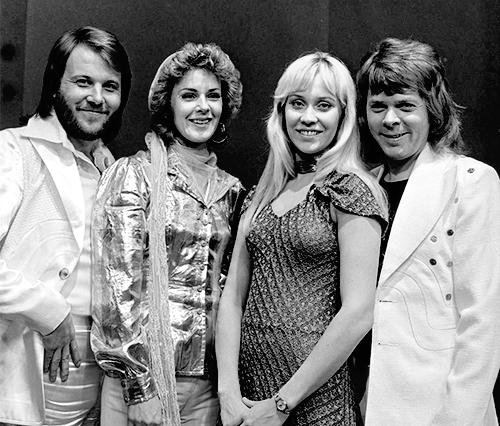 |
| SARS-CoV-2 |
As I write this, the omicron variant of the Covid (Sars-CoV-2) is peaking in the U.S., but no one believes it will be the last variant of this deadly disease. But why "omicron"?
The World Health Organization (WHO) decided in May 2021 that its nomenclature for important strains in the Sars-CoV-2 variant classification would adopt Greek-letter names. WE use those letters to label hurricanes and tropical storms after we run out of the letters in our own English alphabet - which happened this past season.
I found an article from the WHO titled "WHO announces simple, easy-to-say labels for SARS-CoV-2 Variants of Interest and Concern." But this naming is not so simple or easy to say.
The switch to Greek for names was to end associating place-of-origin names (“Wuhan virus,” “South African variant”) which was criticized as being xenophobic and racist. They didn't want to put the blame on a country or region.
The other place that some people learn the Greek alphabet is in the naming of fraternities and sororities. So many of us have learned some of the letters.
The letters of the Greek alphabet are alpha, beta, gamma, delta, epsilon, zeta, eta, theta, iota, kappa, lambda, mu, nu, xi, omicron, pi, rho, sigma, tau, upsilon, phi, chi, psi, omega.
Wait - how did we jump from the delta variant all the way to omicron?
It turns out that when what we call the omicron variant appeared, the WHO had already used up 12 of the Greek alphabet’s letters. These “variants of interest” thankfully didn't develop enough to hit the general public and the media. Next should have been "Nu." You see a problem with that letter. How do we differentiate a "Nu variant" from a "new variant"?
That makes sense. So, next is "Xi." Nope. That one looks like a common Chinese family name. I'm sure Chinese President Xi Jinping and many others are happy to not have a variant with their name.
There is also the issue of pronunciation with the Greek letters. For example, "xi" is pronounced in Greek as "zy" (like xylophone) and it is usually transliterated in English as "she."
I would assume that the next variant would be "Pi" but I read something today that said next will be "Omega" which is the big "O" compared to small "o" omicron. That sounds ominous. And what happened to pi, rho, sigma, tau, upsilon, phi, chi, and psi?
When the Delta variant hit hard last summer, Delta Air Lines was not very happy. I actually saw a witty tweet response from the airline's own chief health officer, Dr. Henry Ting: "We prefer to call it the B.1.617.2 variant since that is so much more simple to say and remember.”
Going back to when all this started, why was it COVID-19? The illness caused by the SARS-CoV-2 was given the acronym COVID-19 by the WHO to represent "coronavirus disease 2019." The "19" for the year, not because it was the 19th version of it. This name was also chosen to avoid stigmatizing any populations, geography, or animal (like a bird or swine flu) associations that had occurred in the past and still happen occasionally.
SARS-CoV-2 is the acronym + abbreviation used to label “severe acute respiratory syndrome coronavirus 2” which was given in February 2020. This name was chosen because the virus is genetically related to the coronavirus responsible for the SARS outbreak of 2003. While related, the two viruses are different.









